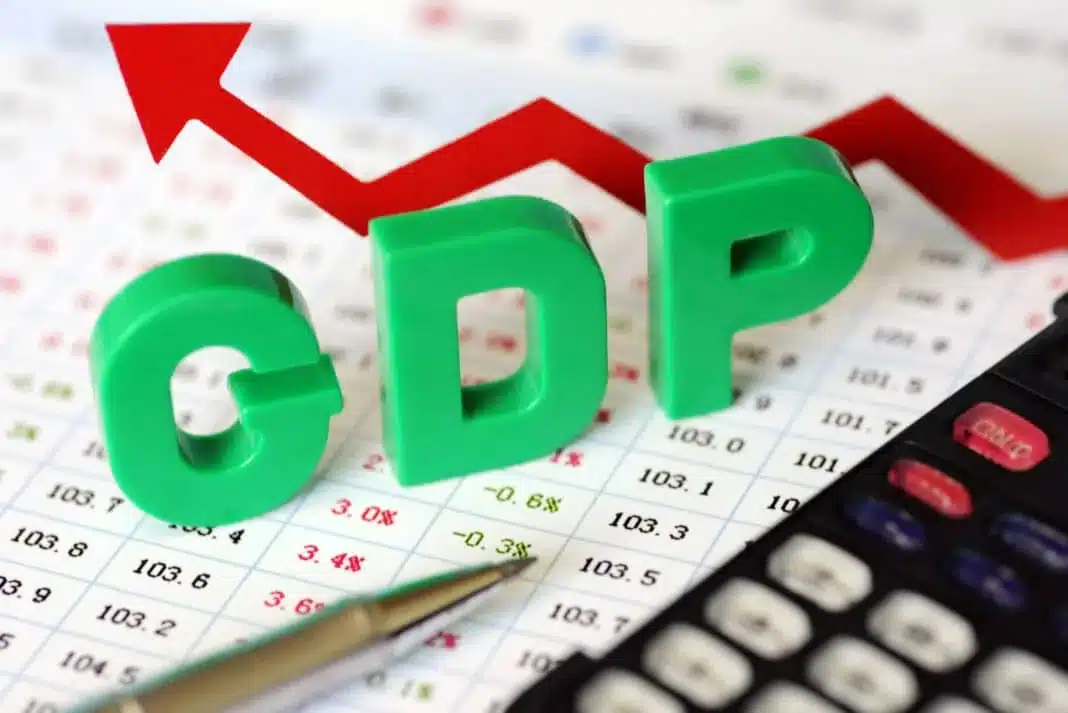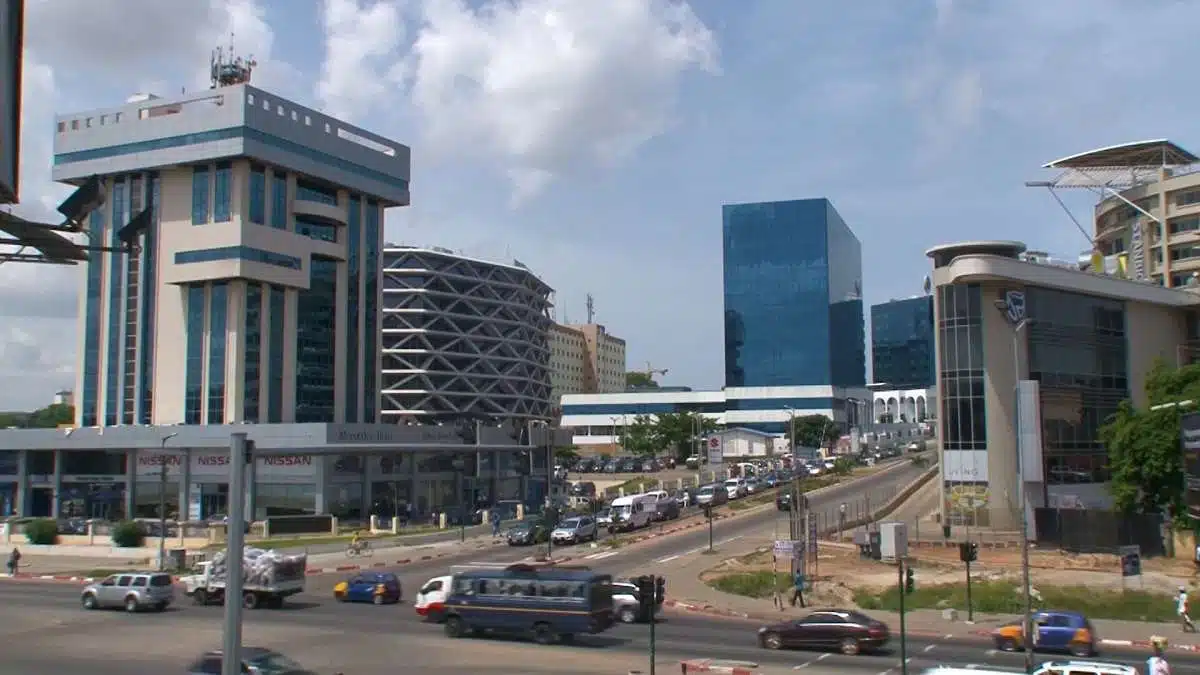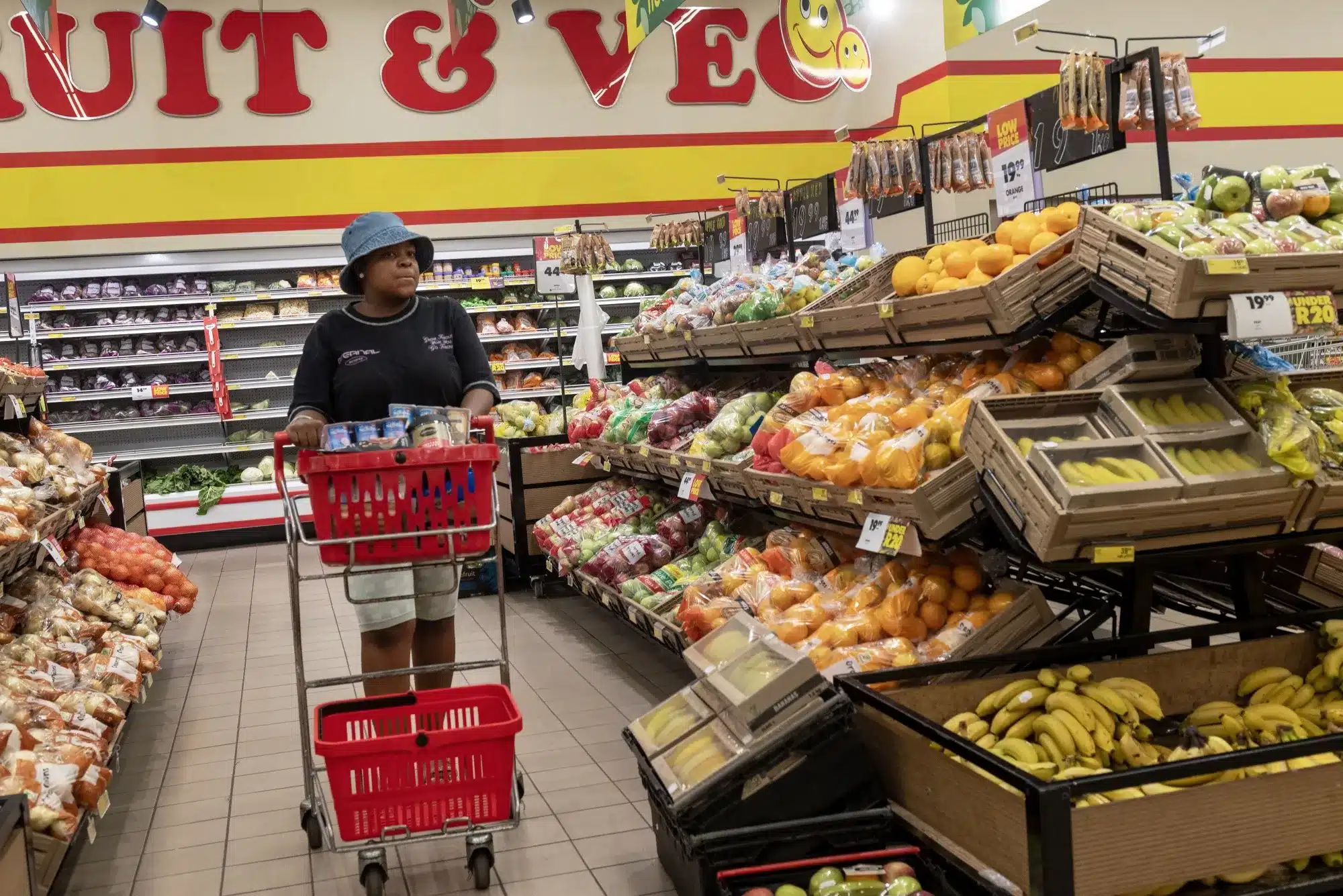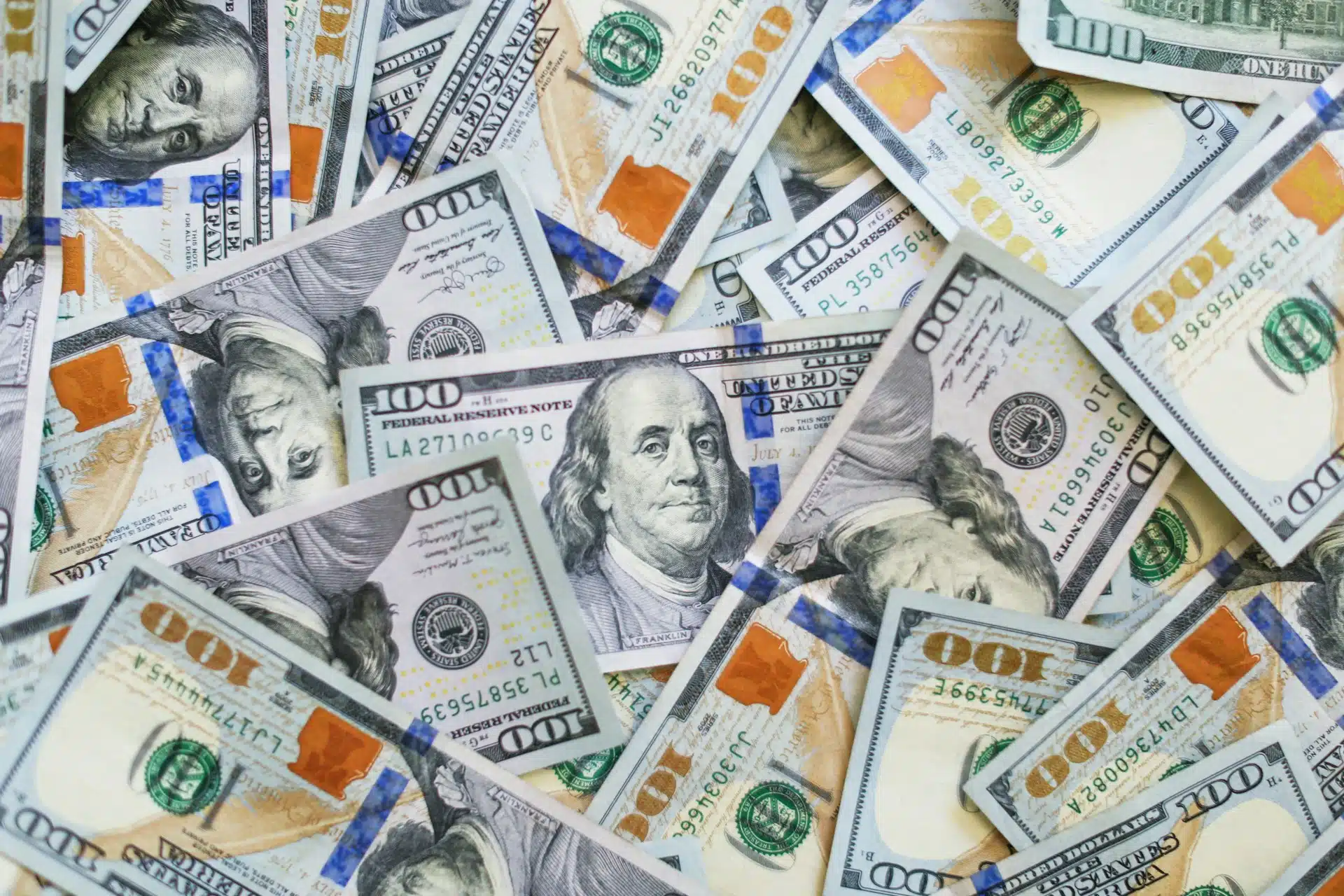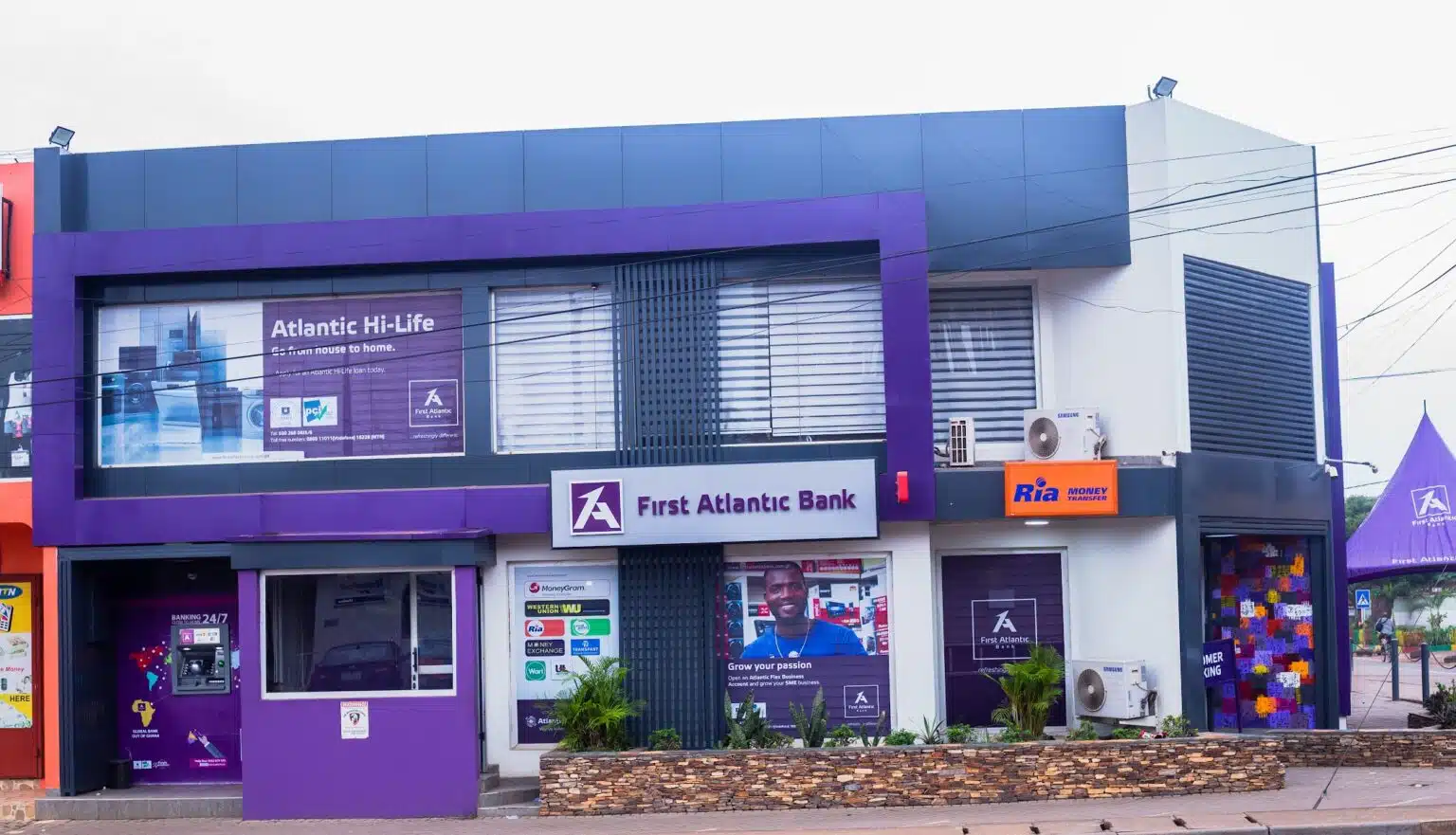Namibia’s real economic growth decelerated to 3.7% in 2024, down from 4.4% in the previous year, as contractions in key industries weakened overall economic performance, data released on Thursday by the Namibia Statistics Agency (NSA) show.
The slowdown comes despite a $915.1 million increase in nominal gross domestic product (GDP), bringing total economic output to $13.5 billion from $12.6 billion in 2023.
The decline in real growth reflects headwinds in primary industries and a sharp drop in investment activity.
Statistician-General Alex Shimuafeni attributed the weak performance to declining diamond demand and challenges in the fishing sector, which led to a 1.8% contraction in primary industries—compared to the 10% growth recorded in 2023.
Weak investment and external trade pressures
Namibia’s investment landscape deteriorated sharply in 2024, with gross fixed capital formation falling by 7.9%, erasing the strong 68.9% increase recorded in 2023.
“This performance mainly emanated from a decline in investment expenditure in the oil and gas exploration activities as the appraisal stage is underway for most of the operators,” Shimuafeni explained.
Meanwhile, Namibia’s trade deficit widened significantly, rising from $2.9 billion in 2023 to $3.5 billion in 2024. Weaker exports of diamonds, processed fish, and cut and polished diamonds weighed on external balances, intensifying pressure on the country’s current account.
Services sector offset industrial weaknesses
While the extractive and manufacturing sectors struggled, the services industry provided some stability, with tertiary industries expanding by 4.9%. Growth was led by transport and storage (11.4%), wholesale and retail (9.1%), and financial services (5.9%), which benefited from increased consumer spending and business activity.
“The transport and storage sector continues to experience positive growth, supported by Namibia’s strategic role in regional cargo handling and transit, with the port services subsector expanding by 15.8%,” Shimuafeni added.
Final consumption expenditure surged by 10.8%, up from 3.9% in 2023, driven by strong private household spending and higher government outlays on wages and goods.
However, concerns persist over the sustainability of this demand, particularly in the face of sluggish investment and rising external vulnerabilities.

